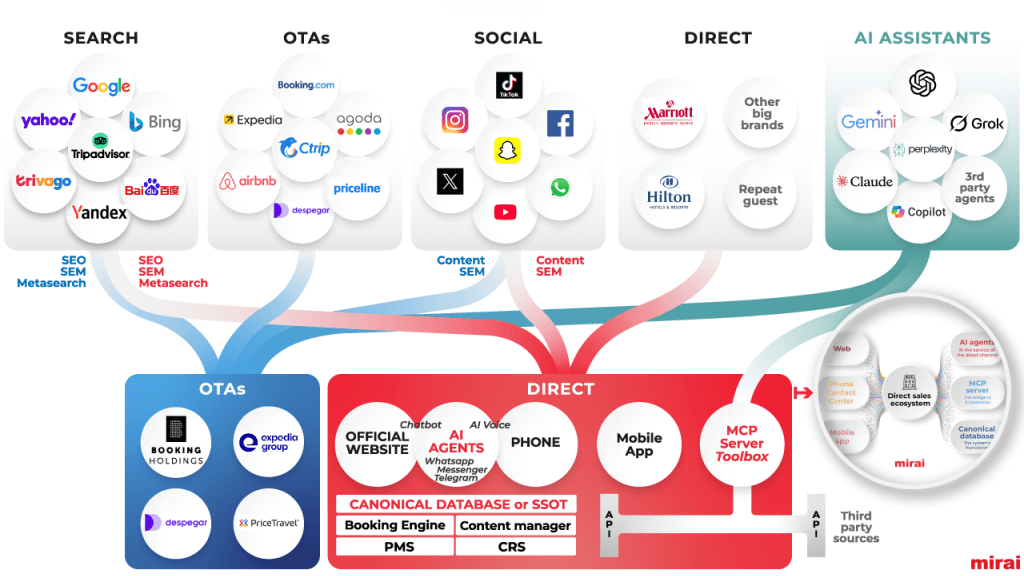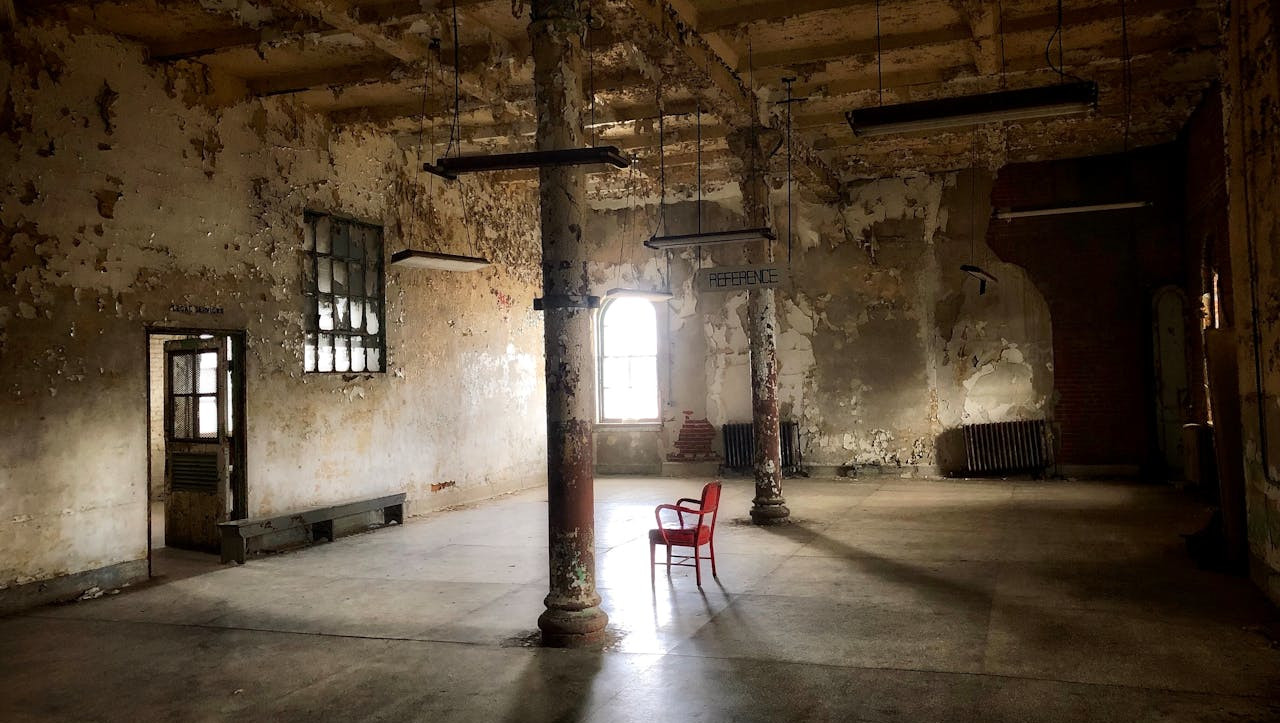Everyone knows that a Revenue Manager needs only two things… a calculator and a crystal ball. And the crystal ball is when the fun starts …….
NB: This is an article from Right Revenue, one of our Expert Partners
Subscribe to our weekly newsletter and stay up to date
As an industry, we know there are several ways of forecasting and as revenue professionals, we may be asked to contribute to:
- An operational forecast – which typically helps individual department manage costs and staffing or
- A financial forecast – typically required by finance to predict spend and costs
However, Revenue Managers tend to much more comfortable creating a demand forecast.
The best place to start to create a demand forecast is with great data but even that can seem a daunting place to start, so let’s break it down…
1) Define your market segments (no, market segments are not dead…)
The best place to start is by ensuring you have defined your market segments. Hotels often get caught up in creating WAY too many market segments (and I say again, Booking.com is not a segment!!!). A market segment is simply a way of grouping customers together that behave in a similar way – lead time and price point being the two main drivers. Please don’t let your marketing team overwhelm you with too many market segments. Track only what you can measure and what drives strategic decisions – the rest is quite simply a waste of time.
2) Track historical behaviour
A good way to assess this is to consider ‘what is normal’. This is a great way to understand, where you are… where you should end up, and what might happen in between. And the best place to start is by tracking what has happened in the past. You of course will need to adjust (as with everything in life, things change) but tracking what has happened in the past is the best place to start. Let’s face it, Mondays in January behave a certain way as do Saturdays in July – it is simply about identifying patterns of behaviour.
The data to look at could be:
- Rooms sold by segment
- ADR – average daily rate
- RevPar – revenue per available room
- Occupancy
- Lead time
- Length of stay
- Booking source
Remember that each segment will pick-up at a different time and of course, our goal is to ensure that we always have enough rooms left for the high-value guests who typically book at the last minute (not always, but typically). Our role as Revenue Managers is to decide which business we should take, at what rate, and at what point in time. Historical behaviour will help you work out those patterns. In revenue terms, this will create a booking curve, so you can understand when demand is predicted and at what rate.





